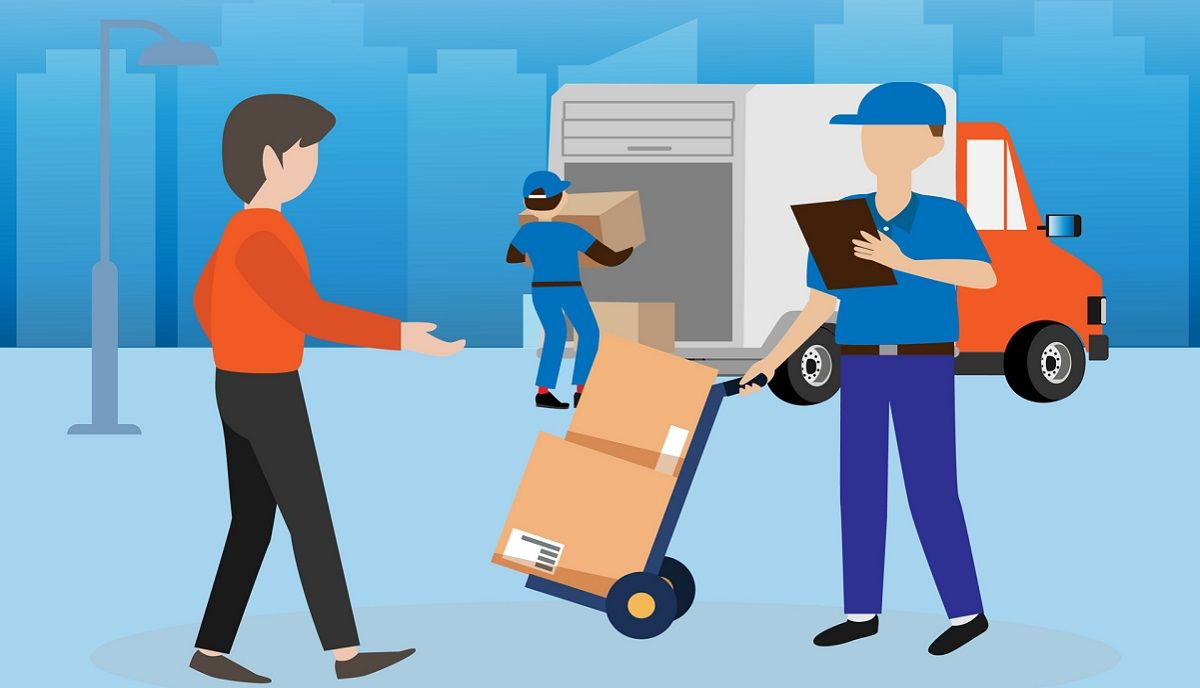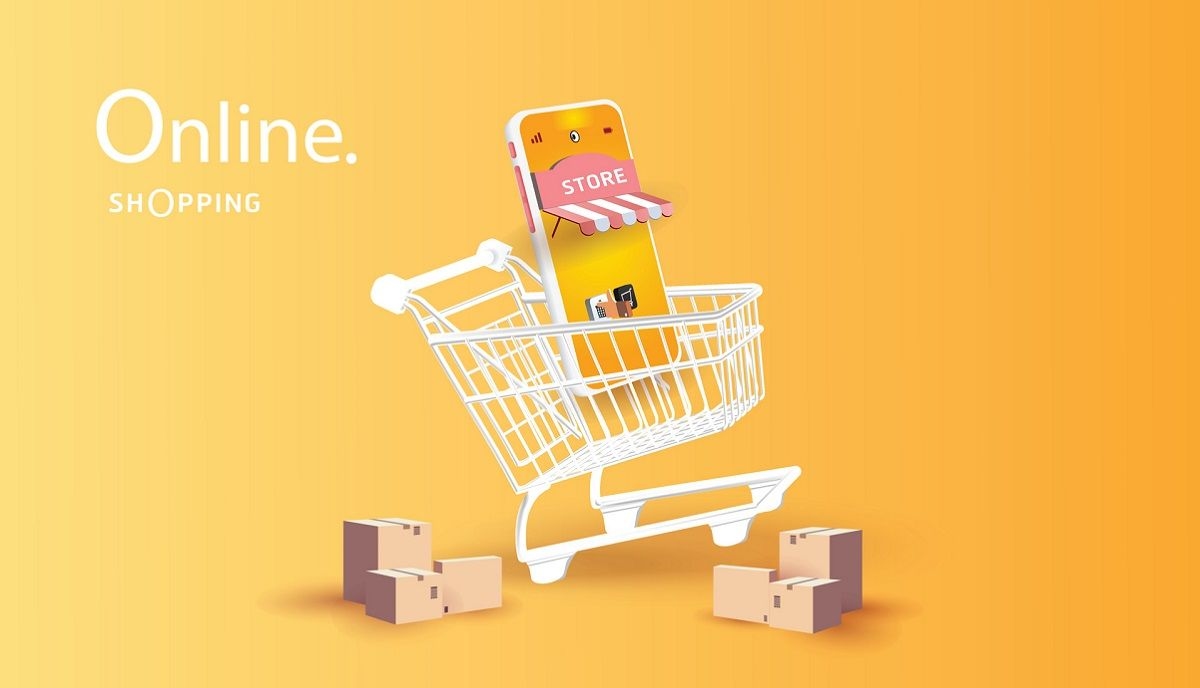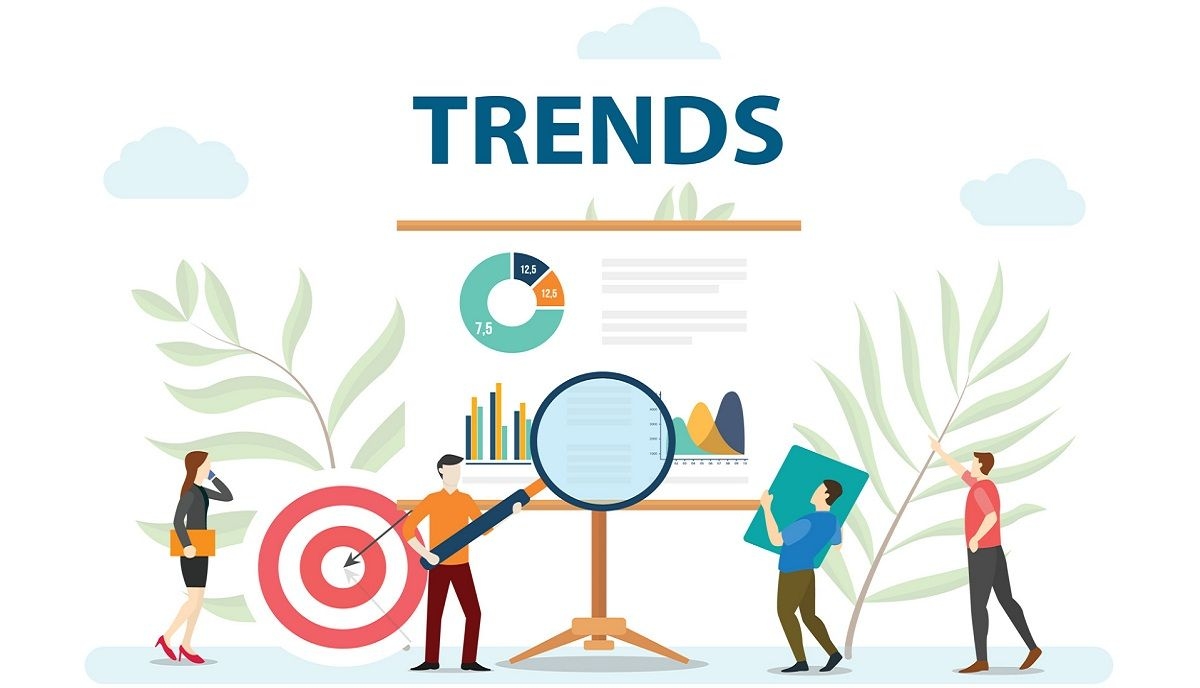Loyalty
The Complete Ecommerce Fulfillment Guide: 4 Options and How to Choose the Best One for Your Online Store
Whether you are a new or established business, ecommerce fulfillment can be a big challenge. While it’s crucia...


Weekly newsletter
No spam. Just the latest releases and tips, interesting articles, and exclusive interviews in your inbox every week.
Tags
Dropshipping
Authors
Daniela Andreevska
Daniela has 6 years of experience in digital marketing for ecommerce businesses.
Aws Alnabulsi
Aws is the Co-Founder of Coretava, a complete retail ecommerce growth platform. He has 6+ years of experience in managing and growing ecommerce businesses.
Carlos Guerberoff
Head de Parcerias na Coretava. Especialista em desenvolver e fortalecer relacionamentos estratégicos. Orientado para resultados e apaixonado por construir conexões duradouras.
Henrique Letoldo
Head of Sales na Coretava. Com vasta experiência em liderança de equipes comerciais, busca constantemente impulsionar o crescimento e maximizar resultados. Apaixonado por inovação e estratégias de vendas eficazes.
Aws Alnabulsi
CEO e fundador da Coretava. Visionário e empreendedor apaixonado, lidera a equipe com visão estratégica e inovação, buscando transformar o varejo através de soluções tecnológicas.
Whether you are a new or established business, ecommerce fulfillment can be a big challenge. While it’s crucially important for long-term ecommerce growth, the process is still pretty confusing for some entrepreneurs and business owners. If you want your operations to be successful and continue to grow, you cannot afford not to know what happens when a customer hits Buy on your online store.
If you have little to no idea about ecommerce fulfillment services, ecommerce order fulfillment, ecommerce fulfillment companies, or other technicalities, this article is for you. We will show you everything you need to know about the 4 most popular options and how to determine the best one for your online business.
A wrong move can lead to negative consequences such as:
- Order delays
- Poor reputation
- Dissatisfied customers
In this beginner’s guide to ecommerce fulfillment, you can learn about the full ins and outs of the process. By the end of this article, you will have all the information required about ecommerce fulfillment providers and the best strategies to handle the process, regardless of your industry and niche.
Table of Contents
- What Is Ecommerce Fulfillment?
- Understanding the Ecommerce Order Fulfillment Process
- 4 Ecommerce Fulfillment Models
- How to Choose the Best Fulfillment Solution for Your Ecommerce Business
- Getting Started with Ecommerce Fulfillment Now
What Is Ecommerce Fulfillment?
Ecommerce business is a model that operates online and focuses on selling and purchasing goods or services over the internet. The customer visits the ecommerce site or marketplace for orders, and the website receives them. The ecommerce market value hit a whopping 5.2 trillion in 2021, according to Statista, and has grown ever since.
Fulfillment in ecommerce is primarily the end-to-end process of online order deliveries. Once the customer places an order, the merchant or ecommerce business is responsible for delivering the order to the customer. They have to ensure the following at the earliest:
- Picking
- Packing
- Shipping
It is necessary to be as efficient as possible for much-needed customer satisfaction, and the ecommerce marketplace can do the fulfillment in multiple ways. They can do this via a merchant or outsourcing it to a drop shipper. The drop shipper is also called a Third Party Logistics (3PL) partnership, an essential part of business today.
Ecommerce fulfillment solutions have become more popular in online stores because they ensure customer happiness. A satisfied customer will return for more purchases, market your business, leave positive reviews, and more. It’s why ecommerce websites are spending so much on this component.
With newer technology, concepts like ecommerce fulfillment automation have also become pretty popular. But before we move any further to more complicated concepts, you need to learn about the ecommerce fulfillment process.
Understanding the Ecommerce Order Fulfillment Process
How you handle order fulfillment plays a vital role in the success and streamlining of an online business, and the best way to get started is by understanding the process.
The steps in the ecommerce fulfillment process include:
Step 1: Receiving Inventory
The order fulfillment process begins by ensuring the items count and inspection of products for damage. It also includes inventory management and setting up a Stock-Keeping Units (SKUs), or barcodes that can be scanned, for products. It may require deploying warehouse management software for better management.
Step 2: Inventory Organization
Categorizing products on the shelves ensures faster picking, packing, and shipping. It’s like setting up a brick-and-mortar store, which is necessary for quick operations. Finding the products will be a bigger problem if they are not structured and organized.
Step 3: Picking
The fulfillment services for ecommerce track items as soon as they are ordered. They use inventory management software to check product status and track it efficiently. For instance, industry giants like Walmart use _Alphabots _for better management.
Step 4: Packaging
The next step for an ecommerce business is to package the products required in an order and set them up for shipping. You need various materials for this step including:
- Packaging tapes
- Carton boxes of different capacity
- Bubble wrap
Step 5: Shipping
Once the in-house fulfillment unit receives the products, it can send them for shipping. There’s a variety of different shipping modes you can use including:
- Third-party shipping
- Merchant shipping
- Dropshipping
Step 6: Exchange/Return
Another important aspect of running an online store is the exchange options and processes. Customers may return or exchange products for various reasons. As an ecommerce company, it’s your job to also cater to these customer needs and make the process as smooth and efficient as possible.
4 Ecommerce Fulfillment Models
There are 4 main models for ecommerce fulfillment. These options cover the needs of all ecommerce businesses and customers, and each one comes with its own pros, cons, and costs that we will discuss ahead. Let’s begin.
1. In-House Fulfillment
The in-house fulfillment process is the simplest one of all. It brings all the processes involved in fulfillment under one roof, including picking, packing, preparing, packaging, and shipping orders from the same place.
This process has all the fulfillment elements controlled directly by the online marketplace itself. It includes no third-party intrusion, providing maximum control for the business. However, it also requires a lot of resources and work on behalf of the business.
In-House Fulfillment Pros
- Better process control
- Better business understanding
- Personalized orders for customers
In-House Fulfillment Cons
- High-pressure work
- Higher cost in some cases
- Self-management for the entire inventory
In-House Fulfillment Costs
In-house fulfillment is a more affordable option for business owners who have the required setup and human resources. Businesses pay an average of $336 to $575 for in-house fulfillment processes.
2. Third-Party Logistics (3PL)
A 3PL, or Third-Party Logistics, is another popular fulfillment model for ecommerce businesses. The 3PL refers to a service working as a partner within the marketplace. It helps business owners with better supply chain management.
It’s a staple for business owners that want better order fulfillment with optimal results. 3PL is the most popular among newer ecommerce businesses and ones with wide operations. There’s a variety of different 3PL services including:
- Warehouse management
- Shipping coordination
- Returns
- Retail distribution
- Order fulfillment
- Inventory management
- Exchanges
Third-party logistics also have their pros, cons, and estimated costs that you should know about before deciding in favor or against this option.
Third-Party Logistics Pros
- Easier scalability
- Quicker expansion
- Time efficiency
Third-Party Logistics Cons
- Little to no control over the process
- Lesser businesses understanding
- Higher costs
Third-Party Logistics Costs
Third-party logistics are relatively costlier than in-house fulfillment units. They can cost $25-$50 for every operational hour. It’s a costlier option but can help businesses operate with less hassle.
3. Ecommerce Dropshipping
Ecommerce dropshipping is a newer yet more profitable business model. It allows individuals to sell products from ecommerce websites without handling inventory-related tasks. Sellers don’t need a physical location, a space for inventory, or other complicated elements to operate.
Dropshipping is one of the smartest ways for these businesses to operate and grow. Since the model is fully outsourced, anyone with a hunch for sales can participate in it. Dropshipping is popular for its pros, but it also has some cons and costs that you should learn about.
Ecommerce Dropshipping Pros
- Low-cost option for business
- Flexibility of location
- Wide variety of products to sell
Ecommerce Dropshipping Cons
- Relatively smaller profit margins
- No control over branding
- Complicated customer support
Ecommerce Dropshipping Costs
Dropshipping is one of the most affordable ecommerce fulfillment options out there. It costs around $100 to operate, making it best for many ecommerce entrepreneurs.
4. Omnichannel Fulfillment
Omnichannel fulfillment is the last model on this list of customer fulfillment methods. It is the process that includes all fulfillment steps for orders sold across the following mediums:
- Stores
- Sales channels
- Online marketplaces
The omnichannel fulfillment team is responsible for the following tasks within the fulfillment process:
- Picking
- Packing
- Shipping
However, professionals in this business require technological sync from different sources, enabling them to use a single information source for better management. The omnichannel fulfillment processes may seem more complicated in the beginning, but they can pay well once everything is in place.
Omnichannel Fulfillment Pros
- Lesser cost of sales channels
- Improved customer experience
- Better time and resource allocation
Omnichannel Fulfillment Cons
- Reliance on open communication
- Challenging management at times
- Lack of visibility
Omnichannel Fulfillment Costs
The capital cost for omnichannel businesses ranges between $5 million and $15 million. However, the actual price may depend on the kind of products you handle, the scale of services, and other factors. Individuals interested in omnichannel fulfillment should recheck their options.
How to Choose the Best Fulfillment Solution for Your Ecommerce Business
Choosing the right fulfillment solution for your ecommerce business can be somewhat challenging as there are multiple things to consider. After all, its model has its advantages and disadvantages without a single solution fitting the needs of all types of ecommerce businesses.
If you don’t know which fulfillment solution is best for you yet, the next section will help you decide. We will discuss the 3 most important factors to use in order to choose the best fulfillment solution for your ecommerce business.
1. Inventory Needs
The type of products that you sell, your sales volume, and how much inventory you need to maintain is the first factor to help you decide whether you can handle fulfillment in-house or need to hire a fulfillment company for your ecommerce website. Either way, you should pick a solution that facilities real-time digital access and helps with sales tracking.
Moreover, you need to consider whether you can easily shift inventory if the season changes or during the holiday season. In this way, you will be able to cater to additional customer requirements without prepping extra space.
2. Pricing
You can cut costs significantly with the help of a fulfillment partner for your ecommerce business unless you are able to provide cheap in-house options. This can allow you to save money on various costs such as:
- Packing supplies
- Overhead
- Labor
Before making a decision, you should check if there is a convenient ecommerce fulfillment center that can offer pricing within your company budget and how that compares to hiring an in-house fulfillment team.
If you’re a small business that cannot achieve economies of scale, fulfillment providers might help negotiate the right pricing because of the large quantities shipped. These small steps can help ecommerce businesses save thousands of dollars annually. Moreover, a third-party would have a larger fleet of carriers than an individual merchant to handle your higher volumes of sales around holidays.
With the right fulfillment solutions, it’s easier for ecommerce business owners to compete with different retailers. For example, you can offer discounted or complimentary shipping on some or all orders. Choosing a fulfillment partner that enables your business to take advantage of free or low-cost shipping gives you a significant advantage over competitors in the market.
3. Transparency and Speed
Last but not least, your ecommerce fulfillment choice should lean towards the option that can bring the highest level of transparency and timeliness to your delivery processes from the point of view of customers.
The ecommerce industry has become so competitive, with hundreds of comparable products offered by different businesses and suppliers, that how quickly they can receive their order has become a driving factor behind customers’ decision to buy from one brand and not another. Online shoppers expect an easy order status and shipment tracking process in real time and same-day delivery (where applicable).
Thus, you should opt for the fulfillment model that will benefit your customers with the most transparency, the easiest tracking, and the shortest delivery times.
Getting Started with Ecommerce Fulfillment Now
Ecommerce fulfillment is a must in the online selling and buying process. There’s a variety of different models ecommerce businesses can choose from when it comes to order fulfillment. Each of these models has its pros, cons, and costs that the marketplace owners should consider.
When choosing how to fulfill orders, remember that your preferred option should cater to the individual needs of your business, your customers, and their expectations. Take the time to carefully assess the available ecommerce fulfillment alternatives available to you before making a decision.
Meanwhile, if you need help in optimizing other parts of your ecommerce business, such as marketing, personalization, customer loyalty, or employee engagement, Coretava can provide you with the right tools. We use gamification and AI to grow loyal customers and devoted employees that will help your company expand at an unprecedented rate.
Click here to schedule a demo with our team to learn more about what we can do for online businesses.
Related Posts

Ready to Transform Your Retail Strategy?
Get a personalized consultation with our retail AI experts
Resources
Contact Us
+1 (415) 830-3900
info@coretava.com
Location
San Francisco, California


